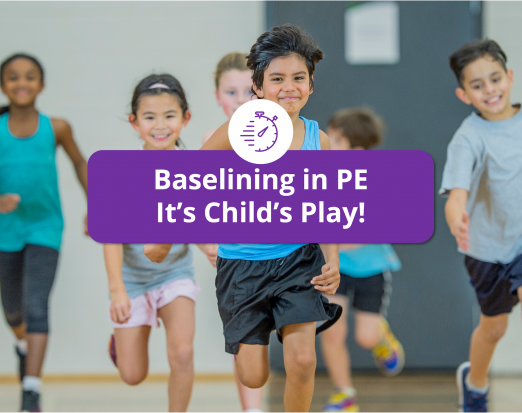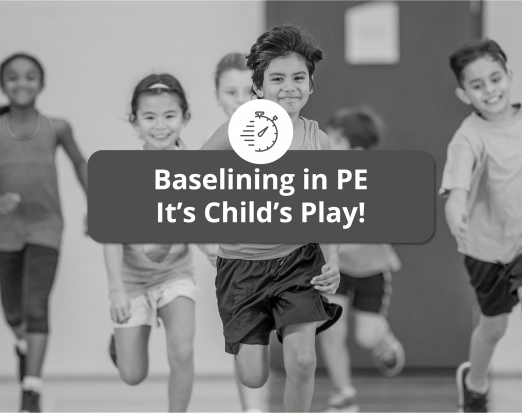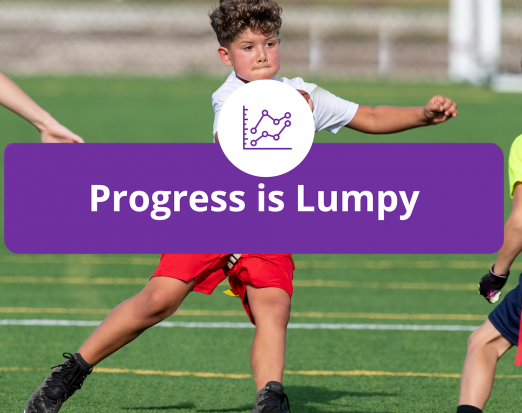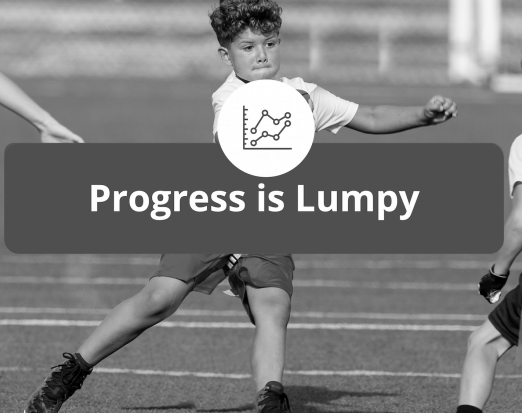5 Tried & Tested Ways to Assess Pupils' Movement Skills
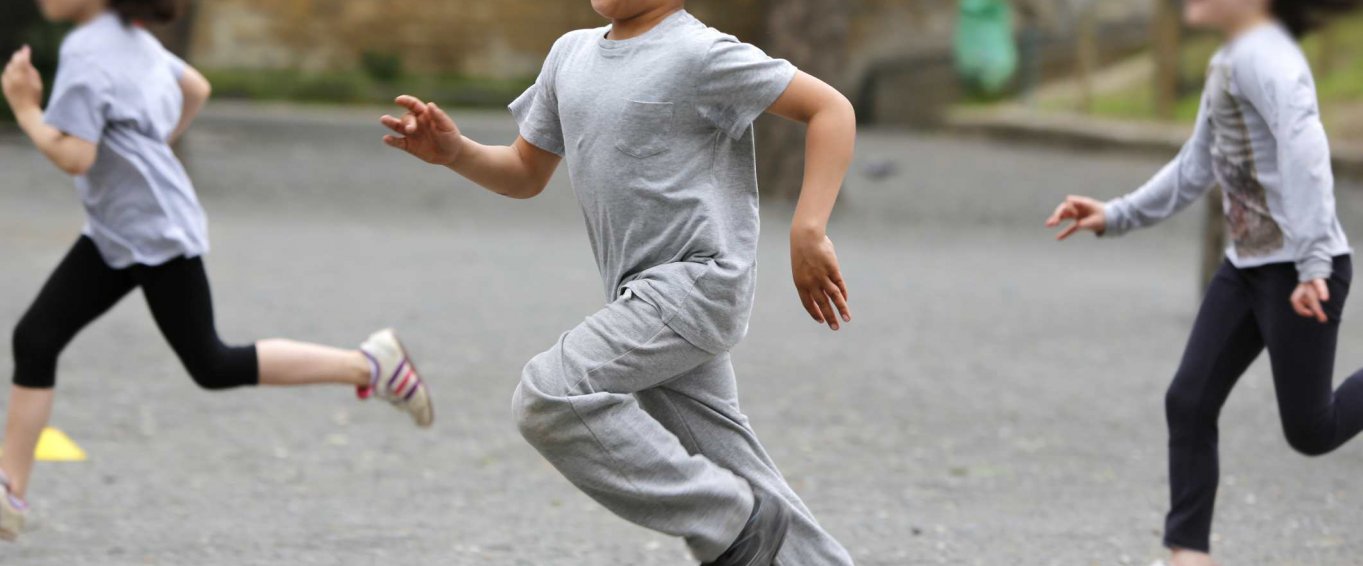
The future of physical education is a hotly debated topic after a global study discovered 80% of teenagers are inactive. That's not just 80% of teens in Great Britain. Or America. Or even Europe. It's 80% of ALL the teenagers on the planet which, for the first time, suggests immobility is a human epidemic rather than a cultural one.
Four in five teenagers are failing to get the necessary 60mins of physical activity per day. This is contributing to rising obesity levels, massive increases in diseases like diabetes, mental health problems, low social mobility and a lifetime of poor health. In the face of this crisis, businesses, educators and politicians have a responsibility to invest in physical education curriculums which deliver movement as an essential life skill.
Just as there are milestones for language learning - achievements which form the foundation of a lifelong ability - fundamental movements like running and catching are signposts for healthy development. They are to health and wellbeing what the alphabet is to language learning, a framework on which to build active, successful lifestyles.
It's time to make these fundamental movement skills an integral part of PE planning, delivery and evidencing
The five challenges below were developed in conjunction with strength and conditioning specialists to give teachers a simple way to measure pupils' physical literacy.
1. Throw and Catch
Ability: KS1, KS2
How to Play: The pupil throws a softball against a wall and catches it as many times as possible in thirty seconds. Each throw and successful catch (without hitting the floor) counts as one repetition. The pupil is permitted to move their feet and should be encouraged to lean forward while throwing. However, they should not stand too close to the wall.
Skills Required: This challenge measures the object control skills (throwing and catching). It also tests balance and coordination as the child must bounce lightly off their toes to meet the rebounding ball.
2. 5-10-5 Agility
Ability: KS1, KS2
How to Play: Set up three cones in a horizontal line with the two end cones precisely 10m apart. The middle cone should be 5m from both of the other cones. The pupil starts by standing behind the middle cone facing forwards. During a timed lap, they must run to one end cone, touch it, and then run to the other end cone and touch that. To finish the lap, they must run back to the middle cone. The stopwatch finishes when the child has reached or passed the middle cone.
Skills Required: This challenge measures locomotor skills (running), balance and coordination. It is also a superb body control test because it takes skill to stop, twist and turn at speed.
3. Broad Jump and Stick
Ability: KS1, KS2
How to Play: The pupil begins on a starting line. On the teacher's signal, they bend their knees and uses their arms to propel themselves forward. The goal is to 'horizontal' jump as far as possible. The distance is measured from the starting line to the heel of the closest foot.
Skills Required: This challenge is an effective test of body control as it requires the child to develop a landing technique. It also measures locomotor skills (jumping a distance), as well as balance and coordination.
4. Single Leg Hop
Ability: KS2
How to Play: This is a very simple test which asks the pupil to hop a distance of 6m on one leg. At the end of the lap, they must switch legs and hop back to the starting line. The teacher or coach is responsible for timing the lap and ensuring the stopwatch is ended only once both legs have passed the line.
Skills Required: The single leg hop gives teachers a good indication of a pupil's progress in locomotor (hopping for distance), agility (hopping for time), body control (landing technique), balance and coordination.
5. Sit and Reach
Ability: KS2
How to Play: The sit and reach is one of the quickest ways to measure a child's flexibility. The pupil should sit on the ground with their legs together and outstretched. It is the coach's job to measure how far (in cms) the child can reach towards their toes.
Skills Required: This challenge is an easy way to measure and monitor flexibility which is an indicator of the range of motion between each joint.
